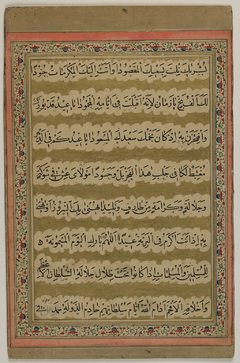Eid al-Adha (Arabic: عيد الأضحى ʿīd al-aḍḥā,[ʕiːd ælˈʔɑdˤħæː], "Festival of the Sacrifice"), also called the "Sacrifice Feast", is the second of two Muslim holidays celebrated worldwide each year, and considered the holier of the two. It honors the willingness of Ibrahim (Abraham) to sacrifice his son, as an act of submission to God's command, before God then intervened sending his angel Jibra'il (Gabriel) to inform him that his sacrifice had already been accepted. The meat from the sacrificed animal is divided into three parts. The family retains one third of the share; another third is given to relatives, friends and neighbors; and the remaining third is given to the poor and needy.
In the Islamic lunar calendar, Eid al-Adha falls on the 10th day of Dhu al-Hijjah and lasts for four days until the 13th day. In the international (Gregorian) calendar, the dates vary from year to year drifting approximately 11 days earlier each year.
Eid al-Adha is the latter of the two Eid holidays, the former being Eid al-Fitr. The word "Eid" appears once in Al-Ma'ida, the fifth sura of the Quran, with the meaning "solemn festival".
Like Eid al-Fitr, Eid al-Adha begins with asunnah prayer of two rakats followed by a sermon (khutbah). Eid al-Adha celebrations start after the descent of the Hujjaj, the pilgrims performing the Hajj, from Mount Arafat , a hill east of Mecca. Eid sacrifice may take place until sunset on the 13th day of Dhu al-Hijjah. The days of Eid have been singled out in the Hadith as "days of remembrance" and considered the holiest days in the Islamic Calendar. The takbir (days) of Tashriq are from the Maghrib prayer of the 29th of Dhul-Qadah up to the Maghrib prayer of the 13th of Dhu al-Hijjah (thirteen days and nights).

No comments:
Post a Comment